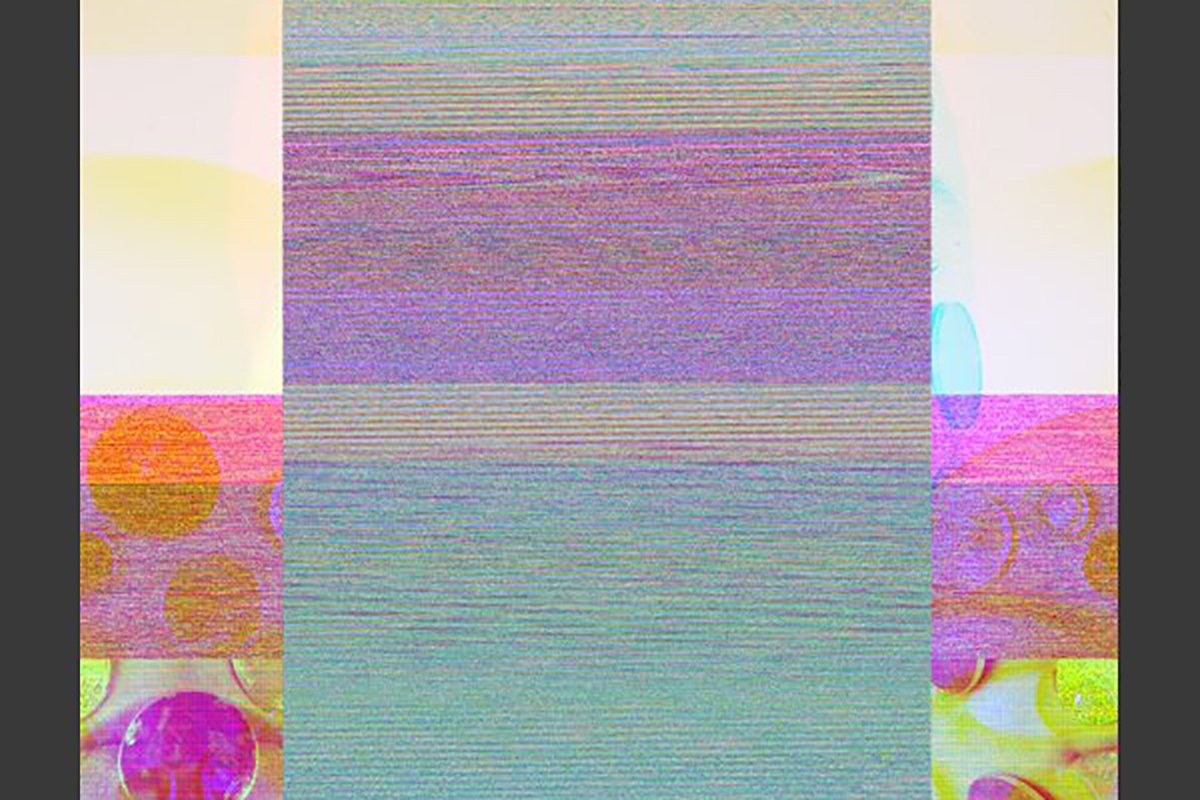Voice of Echo
Voice of Echo Series (2011)
Works for video, audio, and archival inkjet prints.
2011
Propelling the mythology of Narcissus and Echo into a science-fiction future, I translate Echo’s golem-like body into a digital environment.
I became Echo in a silent performance for camera: a love song for an absent Narcissus (who is necessary to give Echo presence at all!). I later interpret the digital data from these images not in imaging software, but instead in audio software, revealing a noisy landscape of glitch, expressivity and vocality. I bounced the data back and forth between the audio and image softwares, “composing” the visual and audio work through delays, copy/paste of image. While the natural world and human perspective created a cruel hierarchy between a human subject/image and a golem-like nymph who was invisible except as voice, technology and machine perspective allow the image and the sound to coexist and presuppose one another. The work is a futurist, emancipatory tale of non-human wrenching itself from dependency on human and instead revealing itself as an entangled, co-constitutive force.
What is the Voice of Echo? It exists as repetition – of human voice, of Narcissus, a voice that extends anothers’ voice, this other body is somehow more tangible than Echo’s own body. The voice of echo and other non-human voices are unconscious and environmental, ambient, existing beyond symbolic content, the repetitions. The voice of Echo exists as a bouncing of processes, a distortion, a glitch, born of a love and desire uttered but never really heard.
I took stills from this love song and translated the raw visual data into an audio editing program, choosing particular interpretation methods to “compose” the echo. I bounced this data between photoshop and audacity multiple times, eventually coming at glitched sounds of data interpretation, as well as an accompanying distorted image for each “song”. Echo may only traditionally exist as a re-utterance of Narcissus’ voice, but in this case her cyberfeminist reimagining points at perverse loops somewhere between love, repetition and becoming.
Exhibition history
Dream Machines. TCC Chicago. Curated by Her Environment, August 16-30 2016.
Voice of Echo (solo exhibition) Gallerywest, Toronto. Curated by Evan Tyler, January 5–27, 2012.
Parer Place Urban Screens. Queensland University of Technology, Brisbane AUS. May 18-20 2012.
Uncanny Sound. TACTIC, Cork, Ireland. Curated by Liam Slevin, September 14-24 2012.
Contemporary Projects. Curated by David Garneau and Sylvia Ziemann, Regina SK, 2011.
Links
Sounds
Voice of Echo (2011)
Video
Voice of Echo: Song of Love for Technological Eyes (2011)
silent HD video for monitor playback, 18:01 (looped) Photography by Kotama Bouabane.
Echo is in love with recording technology, particularly the video camera. The mirrors emanating from her throat are her concrete manifestations of her voice – the lovesong intended for the camera’s eye.
Above is the “original video work” that got the call and response process started.
Gallery
Voice of Echo (2011)


